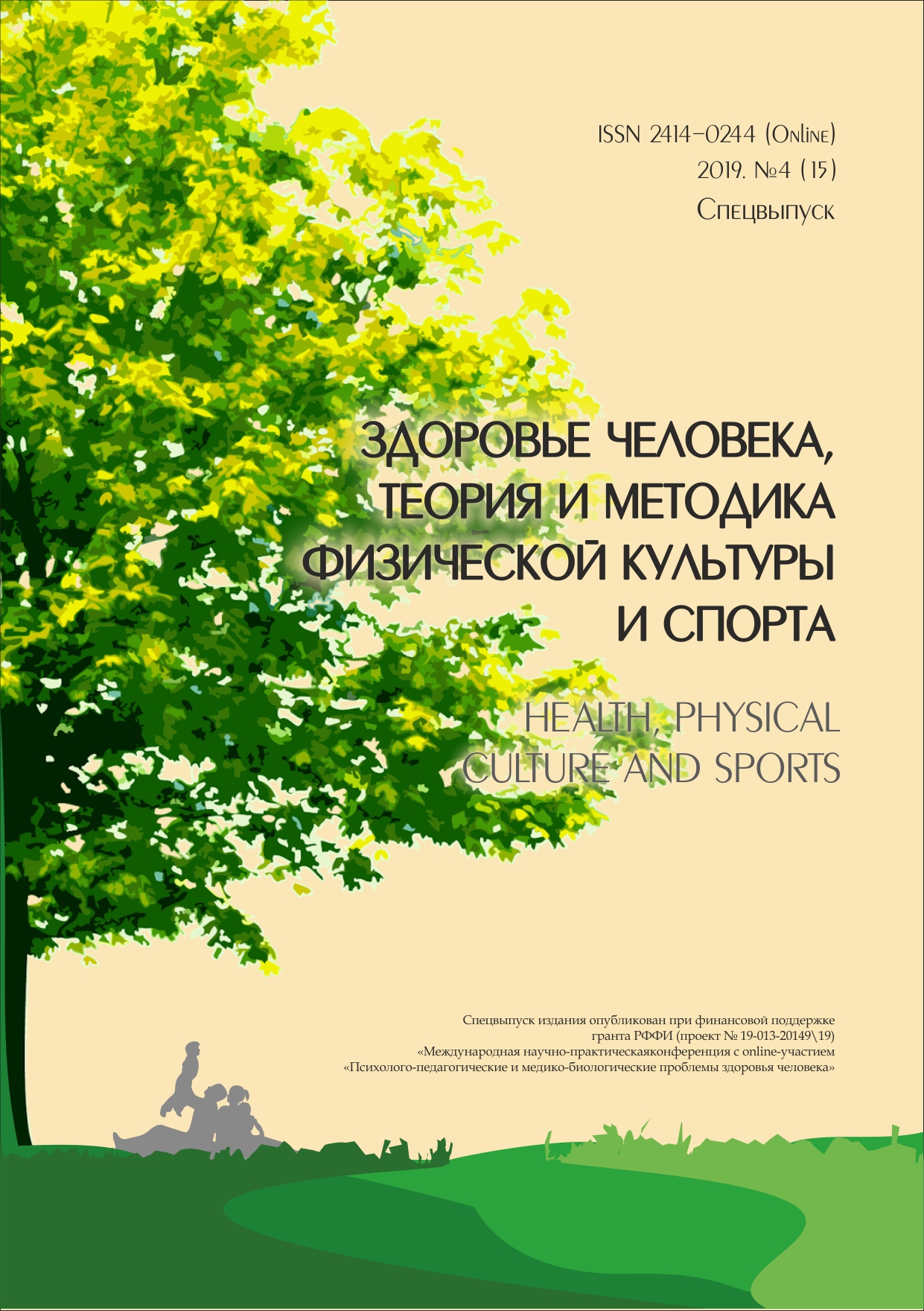CHRONIC FATIGUE SYNDROME AMONG THE YOUNG PEOPLE
Abstract
e article is devoted to the study of chronic fatigue syndrome among the young people (CFS). CFS is a term used to dene the symptoms that cannot be connected with another health conditions. CFS predominantly aects young adults, with a peak age of onset between 20 and 40 years. Persistent exhaustion was found to aect 2 % of 16-year-olds — and almost twice as many girls as boys. Children from poverty-stricken families more oen suer from the symptoms of CFS. e main sign is mortal tiredness aer minimal eorts, and the proper rest does not relieve, and it is determined that physical or psychic disorder are not the causes of the disease. It is a grave condition of the patient, that can continue with insignicant changes. CFS as many other diseases also has serious consequences: mental and physical that have irreversible eects. For example, the child cannot concentrate on studies, or remember something, or it is di<cult for him, he becomes depressed, irascible, moody and anxious. Sometimes it is di<cult to diagnose chronic fatigue syndrome. Although it is stressful for children, usually they have to be surveyed in order to make the exact diagnosis. In people with established CFS, providing a denite diagnosis, along with general information about the illness and its natural history, are important starting points for good clinical care. A denitive diagnosis also serves to validate the patient’s experience of illness and suering. Cooperation with health professionals and the child’s school teachers is essential in ensuring a positive educational experience and a normal social development, despite the seriousness of this debilitating disease.
Downloads
References
Chronic fatigue syndrome. URL: https://www.mja.com.au/system/files/issues/cfs2_2.pdf (29.05.2019).
Chronic fatigue syndrome on rise among 16-year-old. URL: https://www.bbc.com/news/health-35383832 (29.05.2019).
Myalgic Encephalomyelitis/Chronic Fatigue Syndrome Diagnosis and Management in Young People: A Primer. URL: https://www.frontiersin.org/articles/10.3389/fped.2017.00121/full (25.05.2019).
Laure L. Dove. New Study: Chronic Fatigue Syndrome AѸects Teens More Than Thought. URL: https://health.howstuѸworks.com/diseases-conditions/chronic-fatigue/chronic-fatigue-syndrome-teens-new-study.htm (23.05.2019).
Kristen D. Gleason. Jamie StoothoѸ. Operationalizing Substantial Reduction in Functioning Among Young Adults with Chronic Fatigue Syndrome. URL: https://link.springer.com/article/10.1007/s12529–018–9732–1 (23.05.2019).
Chronic Fatigue: Symptoms, Causes and Treatments. URL: https://www.lifepersona.com/chronic-fatigue-symptoms-causes-and-treatments (22.05.2019)
Chronic fatigue syndrome (2011). URL: https://www.britishhomeopathic.org/charity/how-we-can-help/articles/conditions/c/an-overpowering-tiredness/ (22.05.2019).
Young People with Chronic Fatigue. URL: http://www.murraysussermd.com/young-people-with-chronic-fatigue/ (22.05.2019).
Phenotypes of chronic fatigue syndrome in children and young people. URL: http://www.biomedsearch.com/nih/Phenotypes-Chronic-Fatigue-Syndrome-in/19843509.html (25.05.2019).
Chronic fatigue common among survivors of childhood cancers. http://sciencenordic.com/chronic-fatigue-common-among-survivors-childhood-cancers (26.05.2019).
An author should not normally publish manuscripts describing essentially the same research in multiple journals or publication venues. Such redundant publication is generally considered to constitute unethical publishing behavior, and if discovered may result in a manuscript under consideration being rejected, or a published article being retracted.
Authors of manuscripts reporting on original research should present an accurate account of the work performed, accompanied by an objective discussion of its significance. Underlying data should be represented accurately in the manuscript. The manuscript should contain sufficient detail and references to permit others to replicate the work. The fabrication of results and the making of fraudulent or knowingly inaccurate statements constitute unethical behavior and may be cause for rejection or retraction of a manuscript or published article.





